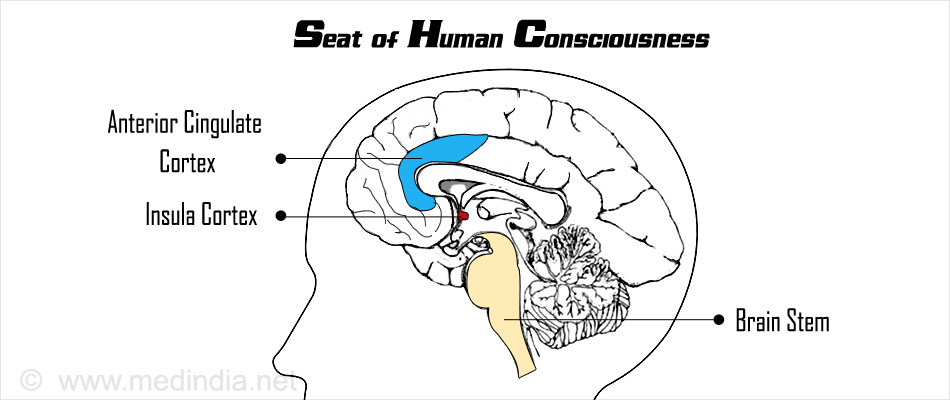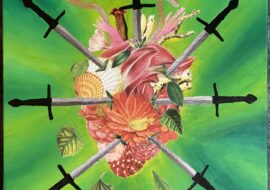
Where Consciousness Resides in the Brain
 I have been interested in the nature of consciousness and how and where it resides in the brain for a long time. I’m interested from the neurobiological standpoint as well as the spiritual, metaphysical, or epiphenomenal standpoint(s). There must be a mechanism for how the information of consciousness can be transmitted in the body – or stored – and for how it controls the body, which is biological.
I have been interested in the nature of consciousness and how and where it resides in the brain for a long time. I’m interested from the neurobiological standpoint as well as the spiritual, metaphysical, or epiphenomenal standpoint(s). There must be a mechanism for how the information of consciousness can be transmitted in the body – or stored – and for how it controls the body, which is biological.
Although we still have a lot to understand about the nature of consciousness or how it is embedded or interacts with the brain, we do have a pretty good idea about where it resides in the brain. About a year ago, this article was published about a study locating what could be described as one definition of consciousness, two characteristics of which are arousal and awareness, in the rostral dorsolateral pontine tegmentum, which is a small nucleus of neurons in the brainstem, and it connects to the left ventral, anterior insula (AI) and the pregenual anterior cingular cortex (pACC), which are associated with arousal and awareness. The finding is supported by the fact that all of the fMRI scans of patients in a coma and vegetative state had disruptions in the network between these regions.
Location is a major finding in neurobiology, but it is still pretty rudimentary if you really want to understand the phenomenon of consciousness. Another idea is how consciousness is either created by this region or somehow is stored in it temporarily. Even so, we want to also know how it interacts with the biology of the brain to control it through free will, whatever the nature of that is, too. [I believe we have free will, but not all scientists (including neuroscientists) agree that we do. I also believe that free will is one of the few inherent properties of consciousness, in addition to awareness, arousal, and love.]
In any case, it is pretty cool to have a place to look at for the residence of consciousness (well, specifically the aspects responsible for arousal, awareness, and free will, at least) in the brain. An interesting note is that the is a region of the brain that processes sensory information from our viscera and is involved in the autonomic nervous system, such as the sympathetic (responsible for fight-or-flight mode) or the parasympathetic (responsible for the calm and resting to recover the body after a fight or flight) nervous systems. The pACC is associated with conscious awareness and free will, since disrupting its connection with the premotor and motor cortices (which often happens in split-brain surgery) results in not being able to consciously control the hand – this is called “alien hand syndrome” – a condition when the hand seems to have a mind – and personality – of it’s own.
I could go on and on and on about my thoughts on the nature of consciousness, but I think I will just stop here with the peak into where it is likely anchored in the brain.




Recent Comments